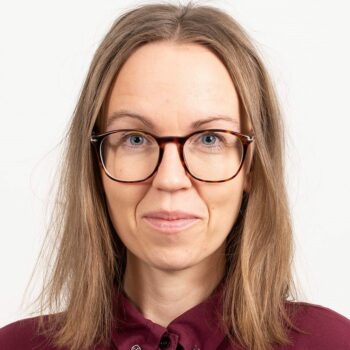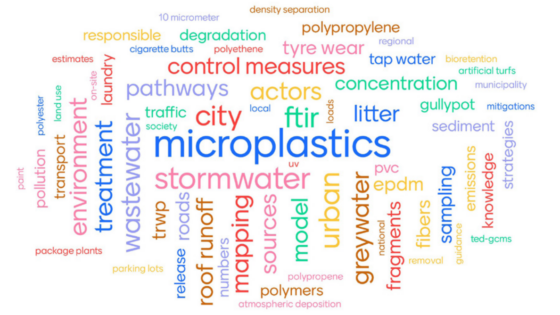Microplastics in urban waters
This is the PhD project of Emma Fältström. Emma is an industrial PhD student at Sweden Water Research and Linköping University.
PHD PROJECT Microplastics (plastic particles smaller than 5 mm) have received increased attention in the last decade as a pollution of concern. Microplastics are found almost everywhere we look for them, in oceans, freshwater, soil, and in organisms. Most of the microplastics originate from sources on land and two potential pathways of microplastics are urban wastewater and stormwater. There are still many uncertainties related to microplastics, both with regards to source estimates and measurements in different matrices. Still, microplastics is starting to be included in policies and regulations. For example, microplastics are addressed in the proposal for a revised Urban Wastewater Directive and it is suggested that microplastics should be monitored in influent and effluent water and sewage sludge. Further, as part of the zero-pollution vision for 2050, the European Commission has formulated a target to reduce emissions of microplastics to the environment with 30% by 2030. To be able to achieve this target, there is a need to increase the understanding of flows of microplastics in urban waters and to highlight important sources to be able to handle the pollution upstream, before it pollutes the wastewater and stormwater.
A method based on substance flow analysis is used in this project to get an overview of flows in the urban area. In addition, comparisons of source estimates and measurements in selected sources and in the wastewater and stormwater, give information about important sources. An overview of flows can also support the evaluation of measures that can be taken, its possible effects on the flows, as well as the actors that have a responsibility related to the flows.
Supervisors: Stefan Anderberg, Annica Carlsson, Linköping University
Co-supervisor: Hamse Kjerstadius, NSVA





